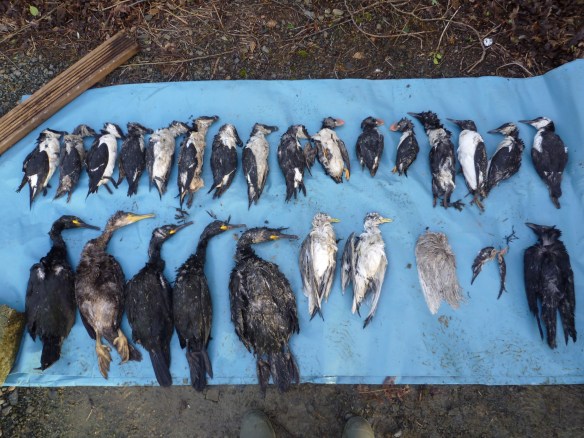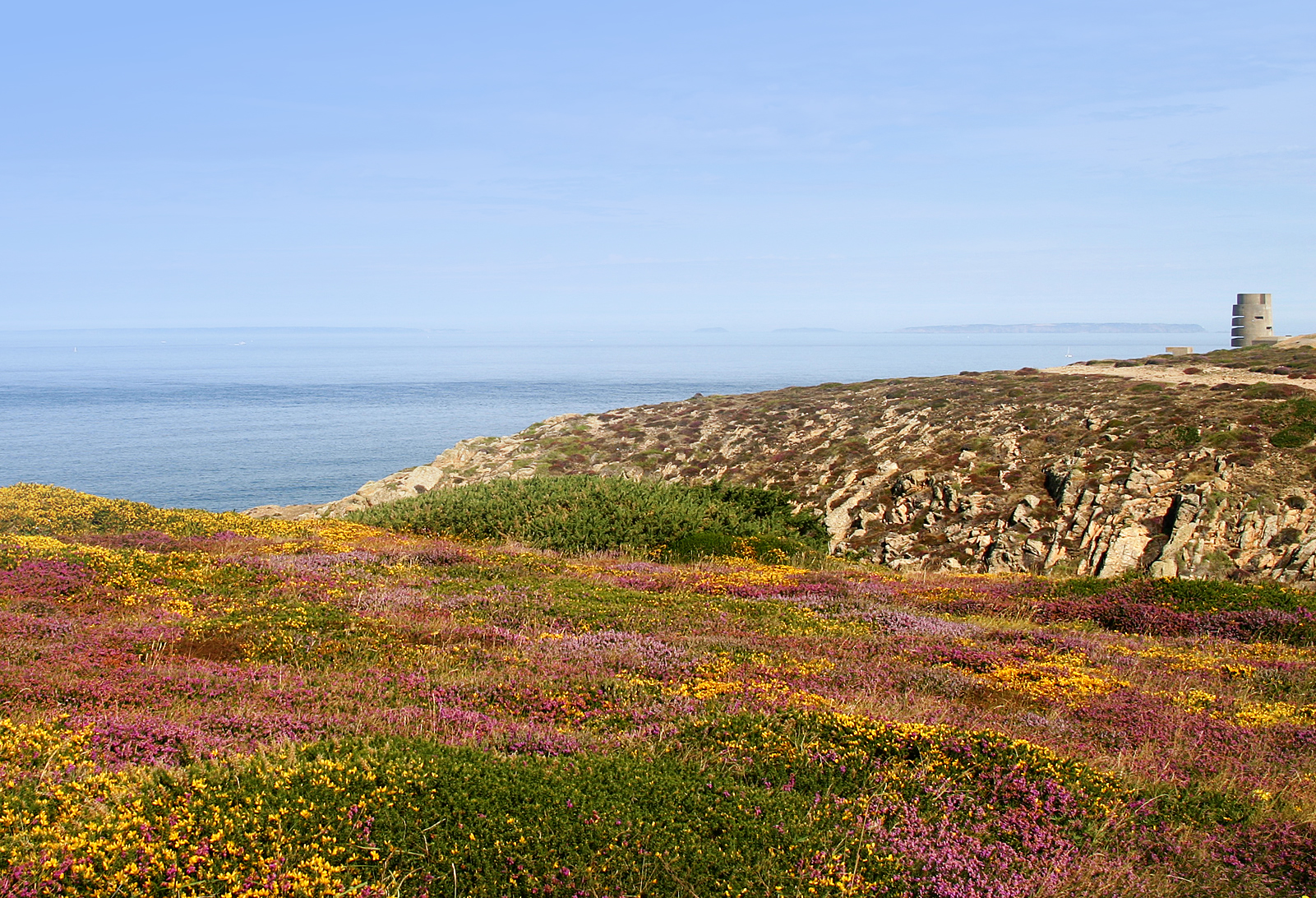The Alderney Wildlife Trust (AWT) and its patron Miranda Krestovnikoff are calling for a pan-Channel Island effort to increase monitoring and protection of the Channel Islands’ seabirds, in the aftermath of potentially the largest seabird disaster in recent years.
 Europe’s seabirds face a losing battle this winter after back-to-back storms hit over-wintering birds off the western coast of Europe. The resultant massive loss of life is described as a ‘seabird wreck’ and has hit birds as they prepare to return to their breeding grounds. Given the timing of the wreck there is an increasing likelihood that birds from Channel Island colonies, many of which have been experiencing population declines and breeding failures in recent years, will be caught up in this latest disaster.
Europe’s seabirds face a losing battle this winter after back-to-back storms hit over-wintering birds off the western coast of Europe. The resultant massive loss of life is described as a ‘seabird wreck’ and has hit birds as they prepare to return to their breeding grounds. Given the timing of the wreck there is an increasing likelihood that birds from Channel Island colonies, many of which have been experiencing population declines and breeding failures in recent years, will be caught up in this latest disaster.
On Tuesday the French LPO released estimated figures for the Bay of Biscay, Brittany and Normandy of 11,000 birds dead or receiving treatment, of which 8,000 were thought to be puffins. Whilst French beaches were the first to be hit, the Normand-Breton coast and the Channel Islands have also experienced distressing signs of the ‘wreck’ (read more here). Jersey reports well over 400 and Alderney is at 44 dead birds, all recovered from the beaches in the last 10 and 8 days respectively. In Alderney the average reported number of dead seabirds recorded per annum is just 12, yet 15 birds were recorded in one day last week over only 200m of coastline, and not a single bird has as yet been found injured but still alive.
Speculation is rife as to why puffins have been so badly hit. However, as the puffin moulting season, when the birds are unable to fly, may well have coincided with the highpoint in the recent storms, this may well be a factor. Yet one fact is clear, given the time of year and the scale of the wreck birds from the Channel Islands and British breeding populations will be affected by this disaster, either killed directly or so malnourished that they struggle to breed successfully this year.
Monitoring of the impacts continues in all three main islands, with the States of Jersey and Guernsey accepting sightings reports of dead birds and the GSPCA and JSPCA responding to the increased number of exhausted survivors also present on those islands. A call on Wednesday for an island wide survey of Guernsey beaches on Saturday 22nd, organized by the Guernsey Environment Department, with support from La Société Guernesiaise ornithology section, RSPB Guernsey and GSPCA following that undertaken last weekend in Jersey, has led to an immediate and passionate response. The results of this survey will be compiled and will be added to those collated by surveyors from the Durrell Wildlife Conservation Trust and the National Trust for Jersey and the Alderney Wildlife Trust to give the Channel Islands a much clearer understanding of the impacts of the wreck. This pan-Channel Island response to the wreck is a good example of how government bodies, NGOs and volunteers can come together to respond to wildlife emergencies. Further links are also being established to share information and knowledge with UK and French bodies including the Groupe Ornithologique Normand (GONm).
But the AWT is urging islanders to recognise that this disaster will not be over when the bodies stop washing up on the beach. This is the 3rd major wreck to have occurred which has impacted British seabird populations (two natural causes and one caused by PIB discharge). Seabirds are of great value to the Channel Islands, not only as an integral part of their ecosystems or as creatures of extraordinary grace and beauty, but also because they play an important role in the islands’ natural image. In 2013 the States of Alderney, in conjunction with the Alderney Wildlife Trust and Leeds Metropolitan University, undertook research into the value of environmental tourism to the island’s economy and this identified an estimated annual value of around £2.5 million.
As a result of these concerns, and given the growing number of ‘unusual’ weather events impacting the islands and their wildlife, the Alderney Wildlife Trust is – asking Channel Island governments and conservationists to support a pan-island effort to assess the status of its iconic seabirds.
The AWT is also asking for public support for the conservation and welfare organisations across the islands which are responding to the hugely increased pressures caused by the wreck. Volunteers and staff are daily faced with the task of nursing the increasing number of injured birds from the wreck, whilst dozens more face the grind of recovering the bodies of the dead birds and attempting to ensure information such as the origin, age (were the birds from breeding colonies), sex and health of the birds is recorded. Yet there is very little additional resources to assist in this work.
Going further Roland Gauvain, AWT Manager said:
‘We’re asking members of the public who really appreciate the need for the Channel Islands to respond together to the growing threat, to offer their support directly. You can offer your support by either by making a donation or by offering your time and effort at http://www.alderneywildlife.org/node/3662, or telephone 01481 822935’
Miranda Krestovnikoff – AWT Patron (President RSPB) said:
‘The incredible dedication of volunteers and staff of NGOs and Government from across the Channel Islands in their response to this natural crisis, is one of the reasons I have developed such an affinity with the islands. You love and value your wildlife and this is vital in the changing world we find ourselves in. Your massive effort clearly demonstrates what can be achieved by working together as islands.
Therefore, it is vitally important that the you do not allow joint effort cease once the bodies of birds finally stop appearing your beaches; this event is unusual but there is a clear and increasing trend on ‘record’ weather events which is changing the nature of the British Isles.
The ‘Channel Islands’ can and must pull together to protect your seabird populations, one of the your most vital natural resources, so that future generations of islanders and visitors can take pleasure from their puffins, shags and many other stunning birds.’
Channel Island Contacts
Alderney
Alderney Wildlife Trust – Roland Gauvain (Trust Manager) manager@alderneywildlife.org / +44 (0) 1481 822935
Guernsey
States of Guernsey Environment Department – Janice Dockerill (Environment Services Officer; Communications) env@gov.gg / Tel. +44 (0) 1481 717026
Jersey
Durrell Wildlife Conservation Trust – Glyn Young (Conservation Biologist) Glyn.Young@durrell.org / Tel: +44 (0)1534 860000
Department of the Environment – John Pinel j.pinel@gov.je Tel. 00 44 (0)1534 441634










































